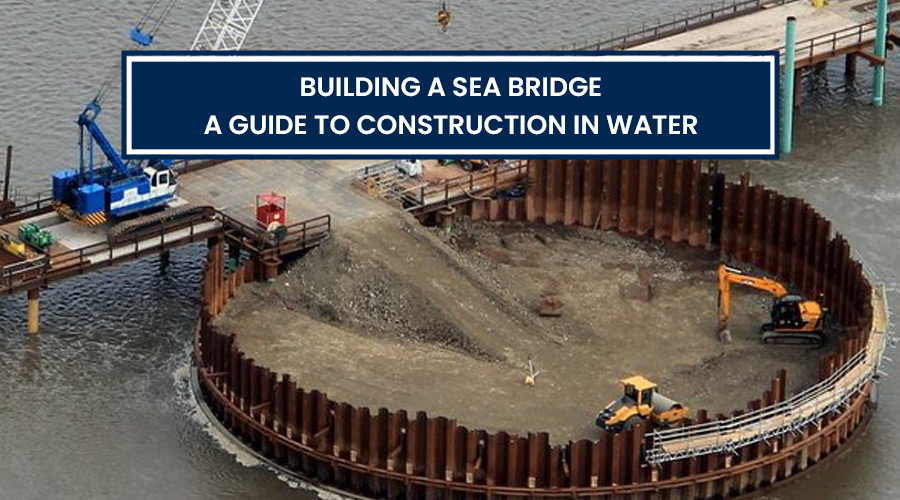Introduction
Constructing a sea bridge is a remarkable engineering feat that requires meticulous planning, specialized equipment, and expert execution. In this blog post, we will provide a comprehensive guide on the process of building a sea bridge, from initial design considerations to the final stages of construction. Join us as we explore the fascinating world of constructing a bridge over water.
Planning and Feasibility Study
The first step in building a sea bridge is conducting a thorough feasibility study. This section will delve into the key factors to consider, such as geological surveys, environmental impact assessments, and navigational clearance requirements. Learn how engineers analyze the site conditions and develop a comprehensive plan that balances functionality, safety, and environmental considerations.
Design and Engineering
Designing a sea bridge involves overcoming unique challenges presented by waterborne construction. Discuss the different bridge types suitable for water crossings, such as suspension bridges, cable-stayed bridges, and beam bridges. Explore the engineering principles, load calculations, and structural considerations involved in designing a bridge capable of withstanding water-related factors, including waves, tides, and marine traffic.
Foundation Construction
Constructing stable water foundations is critical for a sea bridge’s success. This section will cover various foundation options, such as pile driving, caissons, and marine platforms. Explore the construction techniques involved, including temporary cofferdam installation, dredging, and underwater concrete placement, highlighting the complexities and safety measures required for underwater construction.
Substructure Construction
The substructure provides support and stability to the sea bridge. Discuss the construction methods for pier columns, abutments, and other substructure components. Explore the challenges of working in a marine environment, including underwater welding, corrosion protection, and the use of specialized materials resistant to saltwater exposure.
Superstructure Construction
The superstructure is the visible part of the sea bridge that carries the traffic load. This section will focus on the construction techniques for bridge decks, girders, and other superstructure elements. Discuss the assembly and lifting processes using cranes, barges, and other specialized equipment. Explore the importance of precise alignment, tolerance control, and joint sealing to ensure a durable and functional sea bridge.
Environmental Considerations
Building a sea bridge requires careful consideration of its impact on the surrounding ecosystem. Discuss the measures taken to protect marine life, preserve water quality, and minimize disturbance to the natural habitat during construction. Highlight sustainable practices, such as using eco-friendly materials and implementing erosion control measures, to ensure minimal environmental impact.
Safety and Risk Management
Construction in a marine environment presents inherent risks. Explore the safety protocols, risk assessment, and mitigation strategies employed during sea bridge construction. Discuss the importance of training, emergency response plans, and adherence to international safety standards to ensure workers’ well-being and the project’s successful completion.
Maintenance and Longevity
Maintaining a sea bridge is crucial for its long-term performance and safety. Discuss the maintenance practices required to protect the bridge from harsh marine conditions, such as regular inspections, corrosion prevention, and repair strategies. Explore the life cycle of a sea bridge and the importance of incorporating durability features during construction.
Conclusion
Building a sea bridge is a complex endeavor that requires extensive planning, technical expertise, and a deep understanding of marine construction principles. From the initial feasibility study to the final stages of construction, each step is crucial in creating a durable, functional, and visually striking sea bridge. By following the guidelines and considering the unique challenges presented by waterborne construction, engineers can successfully connect landmasses and facilitate seamless transportation over waterways.

